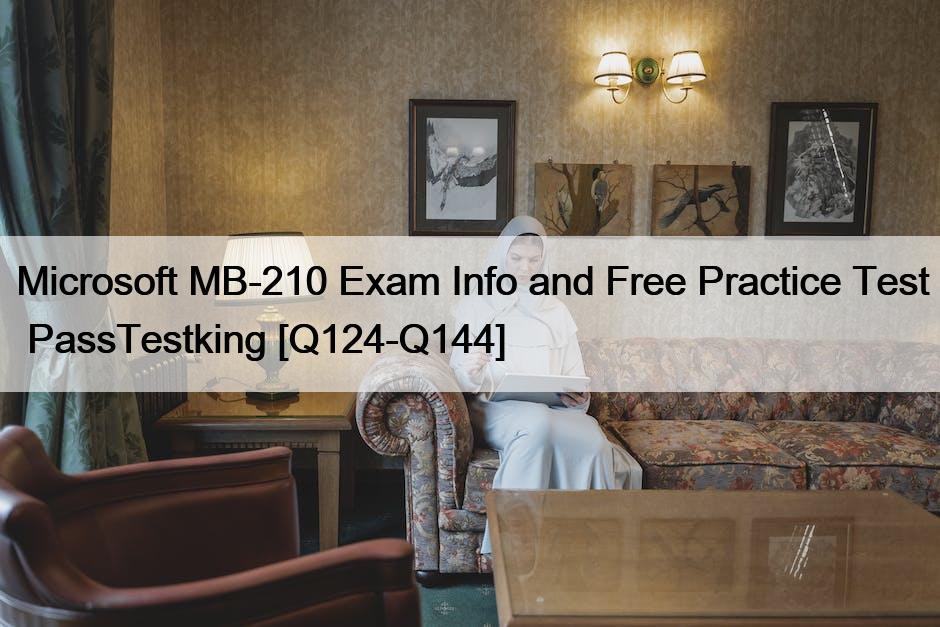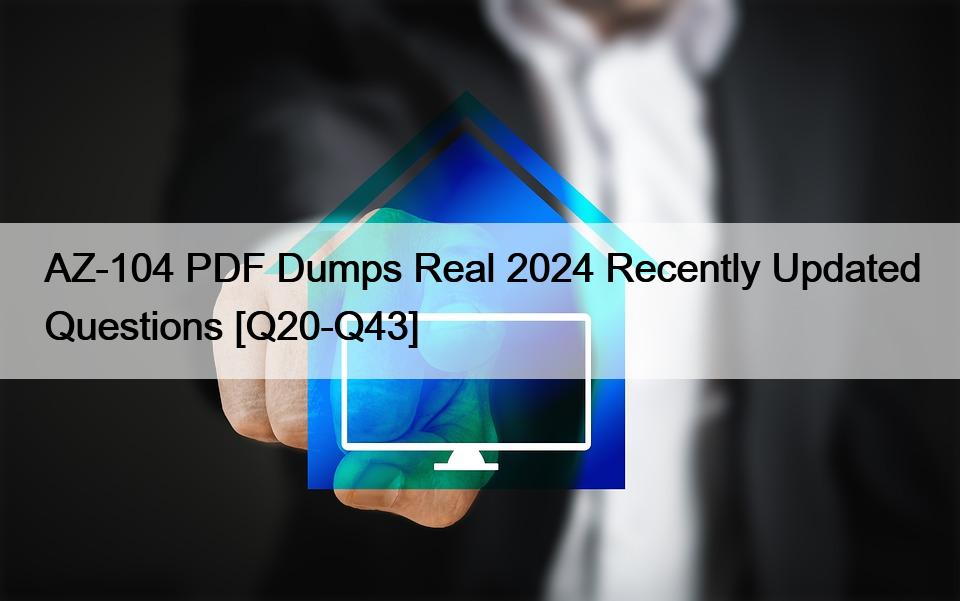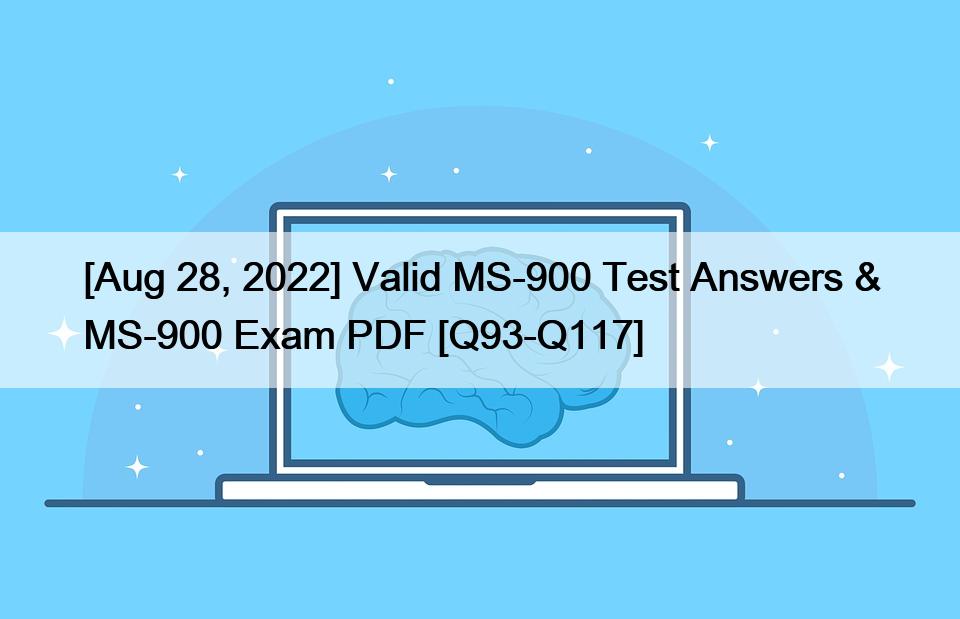[UPDATED 2023] Free Microsoft AZ-220 Exam Questions Self-Assess Preparation [Q75-Q95]
[UPDATED 2023] Free Microsoft AZ-220 Exam Questions Self-Assess Preparation
AZ-220 Free Sample Questions to Practice One Year Update
The Microsoft AZ-220 exam is intended for professionals who have a solid understanding of IoT concepts and experience in programming languages such as C# or Python. Microsoft Azure IoT Developer certification exam is designed to validate the candidate’s knowledge and skills in implementing IoT solutions using Azure services such as Azure IoT Hub, Azure IoT Edge, and Azure Stream Analytics.
Asked Prerequisites
The Microsoft AZ-220 candidate should ensure that a considerable amount of work experience in implementing the Azure services must have been gained beforehand. Data storage options, ways to perform data processing, and data analysis concepts must be also clear for those targeting this test. Besides, it is important that the exam aspirant is capable to recognize the Azure IoT service configuration setting along with languages like C#, Node, C, and Python.
Real exam questions are provided for Microsoft Certified: Azure IoT Developer Specialty tests, which can make sure you 100% pass: https://www.passtestking.com/Microsoft/AZ-220-practice-exam-dumps.html





